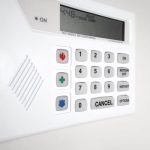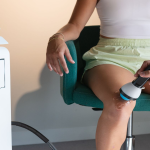In many different applications, including in cleanroom production and in the manufacturing of semiconductors and other types of applications, the use of high purity water is essential. Having an effective option to purify the water to these high purity standards is critical for the quality control of the process and the end product.
Electrodeionizationis an effective way to produce high purity water. This process uses a small electrical current that is passed through the resin in the tank to regenerate the filtration capacity. The use of the small electrical current in an EDI system replaces the use of the mixture of hazardous and caustic chemicals that are used in the traditional type of mixed bed ion exchange water purification systems.
A Simple Explanation
Water enters into the EDI system from the source. The tank has an applied current that acts on the ions in the water to move them through the resin. Within the tank there are also membranes, which assist in blocking the ions and moving them out of the water, allowing only the high purity water to leave the treatment module.
The specific membranes in the tank or module of the EDI system are designed to remove positive and negative ions. Some membranes are cation, while others are anion selective.
The design of the membranes allows constant regeneration of the resin by supplying the necessary positive and negative ions, creating a system that is low maintenance and self-regulating. This eliminates the need for continually changing or charging the resin, cutting down on long-term operating costs and maintenance requirements.
For more information on the use of an EDI system for high purity water requirements, talk to the water experts at Agape Water Solutions, Inc.





